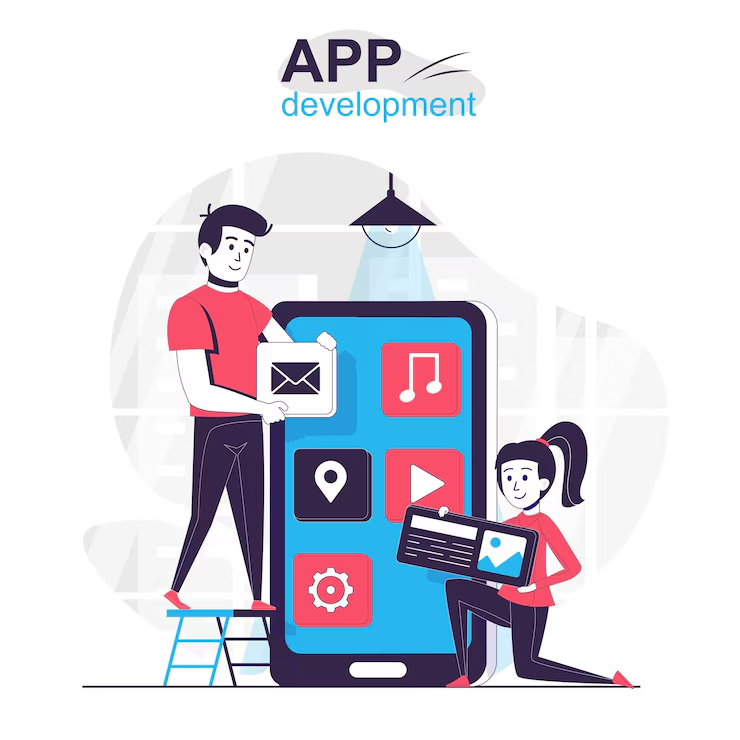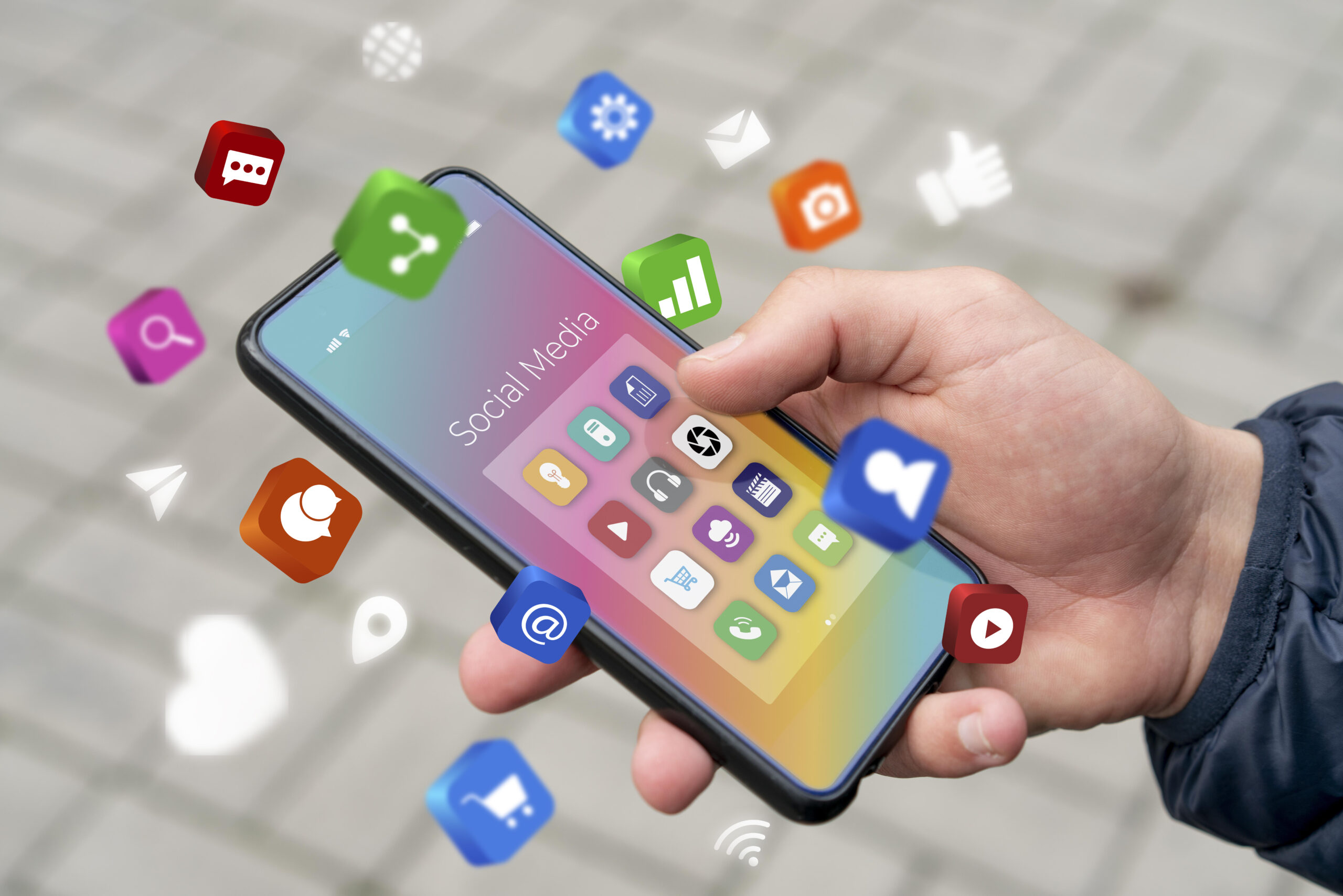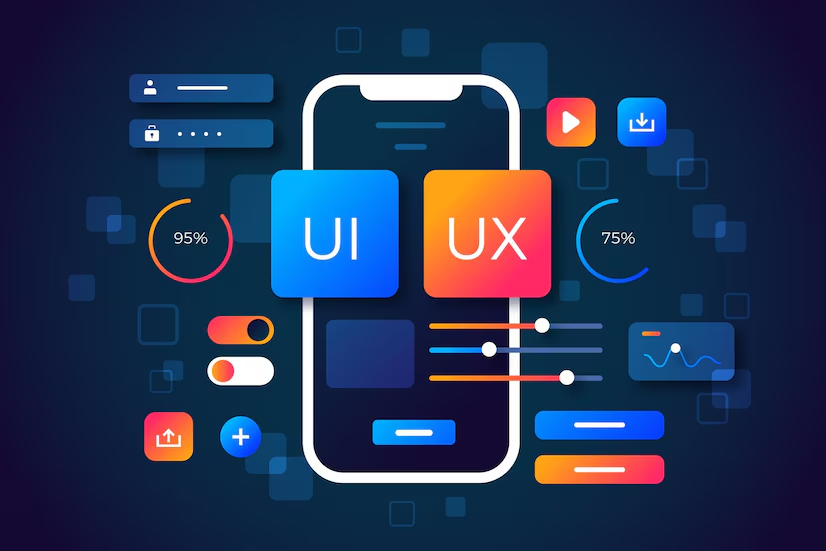Mobile App Development Trends redefining user experience through AI, 5G, low-code tools, and intelligent design.
Mobile App Development Trends Redefining UX in 2025
Mobile applications are no longer just tools for convenience — they are becoming the heartbeat of digital customer experience. From shopping and healthcare to finance and education, users expect seamless, personalized, and immersive interactions. As a result, mobile app development is undergoing a massive transformation in 2025. No longer driven only by code, the development process now centers on redefining user experience, business adaptability, and technological innovation.
To stay competitive in this environment, businesses and developers must go beyond just building functional apps. They must anticipate where mobile technology is headed, understand evolving user behavior, and leverage the latest advancements to deliver exceptional UX. Below, we explore the top 10 mobile app development trends that are redefining the mobile experience in 2025.

1. AI-first mobile UX design
Artificial intelligence has moved from the backend to the core of user experience. AI-driven interfaces now understand user preferences in real time, predict behavior, and adapt content dynamically. This means everything from personalized recommendations to context-aware navigation is being handled intelligently. Mobile apps that integrate AI are faster, more intuitive, and more human in their responses. In 2025, AI is not an add-on — it is a fundamental UX pillar.
2. Voice and conversational UI
As voice assistants become more natural and accurate, mobile apps are increasingly built with voice-enabled features. Users can now search, navigate, and transact without touching the screen. Voice-enabled interfaces also improve accessibility for visually impaired users and reduce friction in complex user journeys. Conversational UI, powered by chatbots and AI, adds another layer by offering human-like interaction and customer support. Apps that speak and listen are rapidly becoming mainstream.
3. 5G-powered mobile performance
The rollout of 5G networks globally is having a dramatic impact on mobile development. With reduced latency and higher bandwidth, developers can now deliver richer media, real-time updates, and cloud-based features without compromising performance. Video streaming, gaming, AR/VR, and real-time collaboration tools are being completely reimagined for mobile users. This is redefining what users expect from mobile speed, responsiveness, and experience.
4. Cross-platform development with Flutter and React Native
Speed to market is a business imperative in 2025. Cross-platform development frameworks like Flutter and React Native are leading the charge, allowing developers to write once and deploy on both iOS and Android. These tools have matured significantly, offering near-native performance and better UI consistency across devices. Businesses are increasingly adopting cross-platform strategies to ensure faster rollouts and consistent experiences at lower development costs.
5. Low-code and no-code tools for faster deployment
Low-code and no-code platforms are empowering non-developers to participate in app creation. Marketing teams, product owners, and startup founders can now prototype and launch MVPs without writing extensive code. These platforms offer drag-and-drop interfaces, pre-built templates, and integration modules. While they may not replace traditional development for complex apps, they are revolutionizing how fast ideas are brought to life, especially for internal tools and customer engagement solutions.
6. Hyper-personalization through real-time analytics
Apps are no longer built with static user journeys. In 2025, mobile apps leverage real-time data analytics to offer hyper-personalized experiences. This includes personalized notifications, dynamic content, and adaptive layouts based on user behavior, location, and preferences. The combination of cloud services, AI, and behavioral data enables businesses to create apps that feel uniquely tailored to each user — increasing engagement and retention.
7. AR and VR integration for immersive UX
Augmented reality and virtual reality are no longer limited to gaming. In 2025, industries like retail, education, healthcare, and real estate are using AR and VR to offer immersive mobile experiences. AR allows users to preview products in their real environment, take virtual tours, and even receive interactive learning experiences. As devices become more powerful and sensors more accurate, integrating AR/VR into mobile UX is becoming more feasible and impactful.
8. Biometric security for seamless access
Security and UX often conflict — but not anymore. Biometric authentication (fingerprint, facial recognition, voice ID) is now being built directly into mobile apps to streamline access without compromising data security. In sectors like finance, healthcare, and e-commerce, this trend enhances user trust and satisfaction while meeting compliance requirements. In 2025, a secure app is one that doesn’t ask users to remember passwords.
9. Sustainability-focused mobile design
Sustainable development has entered the mobile app domain. Energy-efficient coding practices, dark mode interfaces, and reduced data consumption are now part of UX strategy. Users are increasingly conscious of battery usage and environmental impact. Developers are optimizing performance to reduce server loads and improve energy efficiency across devices. Mobile apps in 2025 are not just user-friendly — they are planet-friendly.
10. Continuous UX optimization through AI-driven testing
Traditional QA is being replaced by AI-powered testing platforms that simulate thousands of user behaviors and predict UX breakdowns. Developers now receive real-time feedback on user flows, engagement drops, and performance lags. This data-driven approach allows for continuous optimization of UX, even after launch. The apps that dominate app stores in 2025 are those that evolve every week, based on real user behavior and predictive testing.

Why these trends matter
These mobile app development trends are more than just passing fads. They are signals of a larger shift toward human-centric digital experiences. Users want apps that respond instantly, adapt intuitively, and reflect their individual needs. Businesses that adopt these trends are building not just functional apps, but meaningful digital relationships.
The future of mobile UX is intelligent, integrated, and immersive. These trends redefine what mobile success looks like — not just in terms of downloads, but in terms of loyalty, satisfaction, and business value.
Building a future-ready mobile app strategy
To harness these trends effectively, businesses and development teams must rethink their approach to mobile strategy. Here are a few guiding principles:
-
Prioritize user experience from day one, not just functionality
-
Embrace AI and automation to personalize and optimize continuously
-
Choose cross-platform or low-code tools for speed and scalability
-
Design for security and sustainability as core values, not extras
-
Integrate feedback loops and data analytics into your development lifecycle
Mobile development is no longer about building apps. It’s about crafting intelligent experiences that live in your user’s pocket and improve their lives daily.
Conclusion
Mobile app development in 2025 is undergoing a renaissance. The focus has shifted from simply delivering digital functionality to delivering value, emotion, speed, and trust — all wrapped in an intuitive user experience. These ten trends are redefining what users expect from mobile applications and what businesses must deliver to remain relevant.
Whether it is leveraging AI to anticipate user needs, embracing low-code platforms to speed up development, or integrating immersive technologies like AR and VR — every trend points to one thing: experience is everything.
To build mobile apps that matter in 2025, developers must go beyond the screen and dive deep into user psychology, behavior, and expectations. The result? Not just apps — but digital experiences that redefine what connection, convenience, and customer value really mean.




